More than £600,000 in fines were sent out to drivers caught out by Aberdeen’s controversial new bus gate system in just two months.
For the last five months, residents and visitors alike have bemoaned the road change-up, with some describing the city centre as a “labyrinth” thanks to the bus gates on Bridge Street, Guild Street and Market Street.
Frustrated drivers, fed up with bus gates popping up across the city, slammed the latest additions as a “cash cow” for Aberdeen City Council.
And now, businesses like Haigs and Olive Alexanders are even blaming the new bus gates as one of the reasons for shutting up shop.
The owners of the now-closed butchers said the roll-out of the new traffic layout is “killing Aberdeen”, with residents avoiding the centre for fear of fines.
Although cameras enforcing the new restrictions went live on August 22 at Bridge Street, Guild Street and Market Street, anyone caught breaking the road rules was only sent a warning letter.
However, this grace period ended on November 8, meaning anyone snapped going through the bus gates from that date onwards has been automatically sent a £60 fine — reduced to £30 if paid quickly enough.
We wanted to find out how many fines have been issued since the grace period finished, and see if it has indeed been a “cash cow” for the council.
Following a freedom of information request submitted by the Press & Journal, we can now reveal council data showing more than 10,000 fines were sent to drivers caught going through the new bus gates between November 8 and December 31.
So, just how many fines have been sent out — and how much do they add up to?
According to the Aberdeen City Council data, a whopping 10,114 rulebreakers were slapped with a fine in just the first 53 days after the grace period ended for going through the new traffic measures.
That is the equivalent of 191 drivers going through the new bus gate system every day, or eight every hour.
This means across November and December alone, £606,840 worth of fines were sent out.
Even if everyone paid their fine within 14 days, and thus reducing it to £30, that would still equate to £303,420 being put in the council coffers.
Cash generated from the bus gates is ringfenced for infrastructural projects.
Which Aberdeen bus gate caught out most drivers?
The council provided data on £60 bus gate fines issued for Guild Street, Bridge Street and Market Street for November and December… but was unable to provide the November data for Bridge Street, so it’s possible the number for this bus gate in particular could be even higher.
According to the council’s stats, the most fines were sent out to drivers caught going through the bus gates on Guild Street, with 7,620 fines dished out from November 8 until the end of December.
That’s a massive £457,200 worth of fines and makes up 75% of the total number of £60 fines sent out.
And if you want to get into the real nitty gritty, that means on average around 144 drivers were caught going through the Guild Street bus gates daily according to the council’s own data.
That’s around six drivers entering the bus gate every hour.
Market Street had the lowest number of drivers caught out by the bus gate, with 421 fines sent out during the same period.
Are people STILL being caught out and risking fines? We went to investigate
Guild Street previously came out on top after our previous FOI request revealed 10,957 warning letters were sent to drivers caught on Guild Street in just 40 days.
And in November, when the grace period had just come to an end, we counted 39 drivers going through the bus gates on Guild Street.
So following the newest figures from the council, I headed back to Guild Street to see for myself if people are still being caught out almost half a year later.
Because I started my watch at 2.15pm on a Thursday, I decided it was probably fair to replicate that this time round.
So on February 1, I once again perched myself at one of the large windows in the Craftsman to watch the traffic go by.
And the short answer is yes, some people are still driving through the controversial bus gates.
The results… might still be surprising to some
As I said, I started my watch at 2.15pm and it took just five minutes until the first car entered the bus gate.
Another seven drivers made the mistake of breaking the road rules within 15 minutes.
By the end of the hour, I had counted 21 drivers (14 cars and seven vans) secure themselves a £60 fine.
That’s £1,260 in just one hour.
From my vantage point, over the hour I watched three drivers heading north on Market Street indicating to turn left onto Guild Street in the direction of the train station change direction at the last minute.
I think those fortunate three were lucky enough to spot the road markings, the blue paint on the lane indicating the bus gate and the signs, saving themselves a hefty fine.
However, like last time, the majority of people (13 drivers) caught out were coming from the direction of the train station heading towards the harbour.
Although this is 18 drivers less than my previous count, it still seems like quite a high number.
Are the new bus gates in Aberdeen any clearer thanks to the new signage and other measures, or are you still finding it difficult to navigate the city centre? Let us know in the comments section below
Council, bus firms and PR experts work to change perceptions of much-hated bus gates
The number of people being caught out by the bus gate does seem to be decreasing over time, and perhaps that’s down to the council’s work to make them “more clear”.
In December, workers were out painting the roads with blue paint to help make the bus gates stand out more.
The small blue signs have also been replaced by larger ones with a yellow background, helping them to stand out against the sky (we do occasionally have blue skies in Aberdeen, even in winter).
A spokeswoman for the local authority said the signs and road markings follow “national design guidance”.
She added: “We are monitoring the levels and trends of infringements of these restrictions.”
Meanwhile, First and Stagecoach hailed the bus gates for easing congestion in the city and reducing travel times.
Throughout January, the firms “reinvested the savings” by offering free weekend travel.
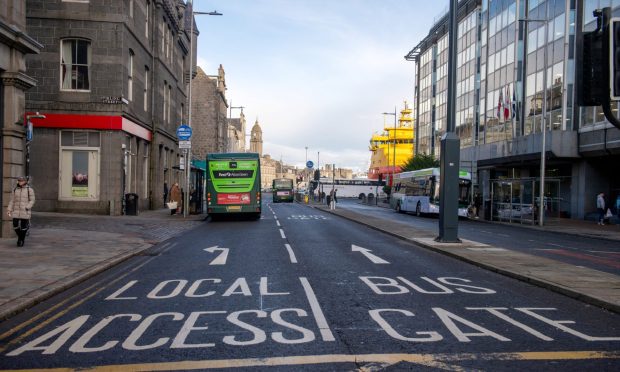
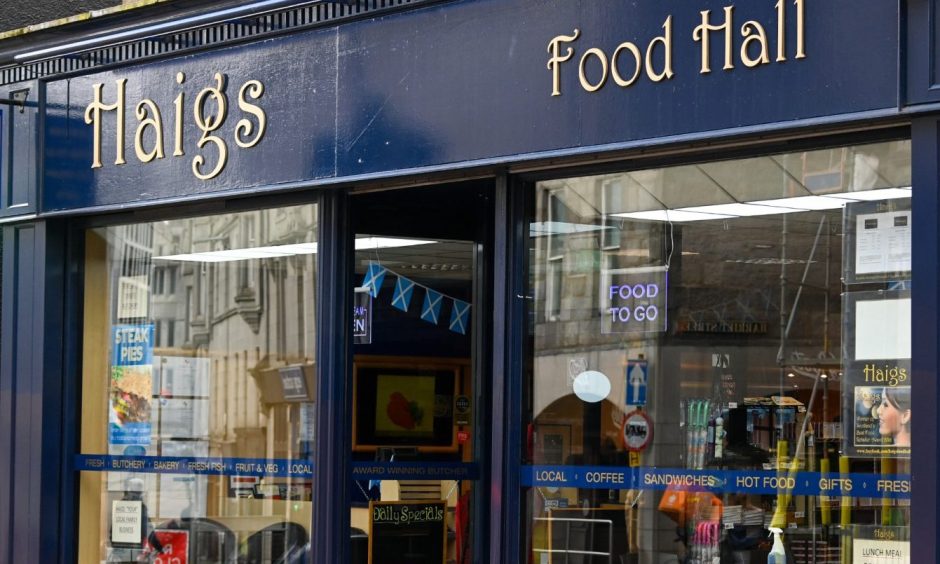
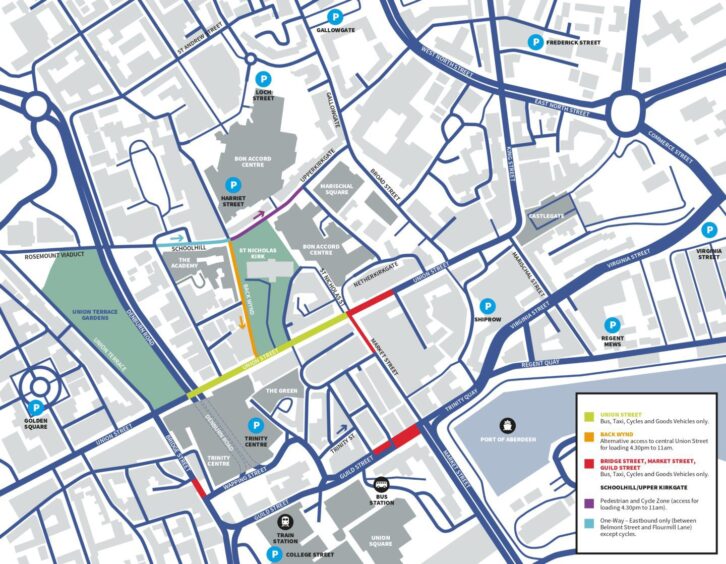

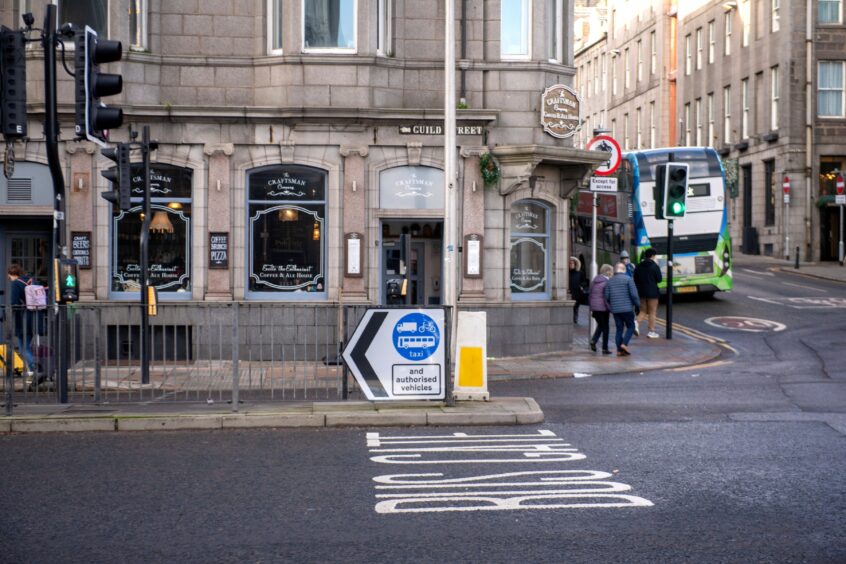
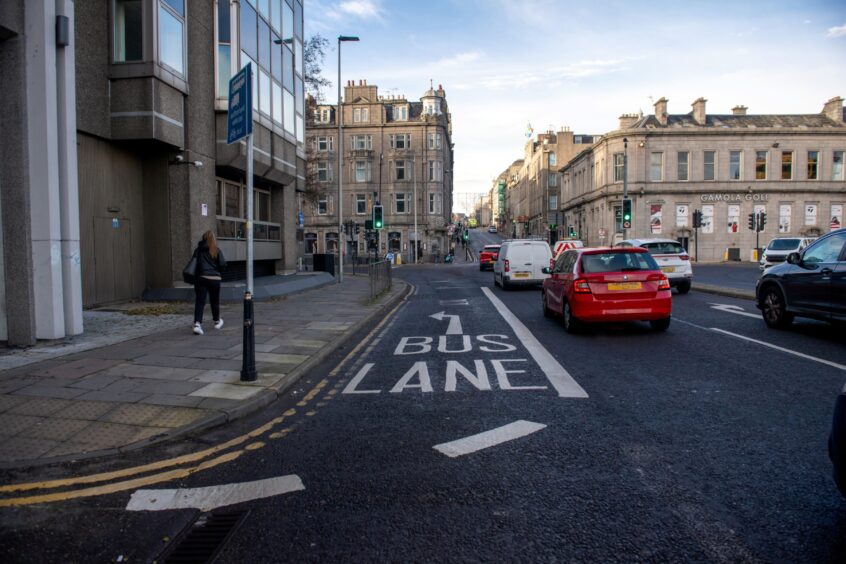

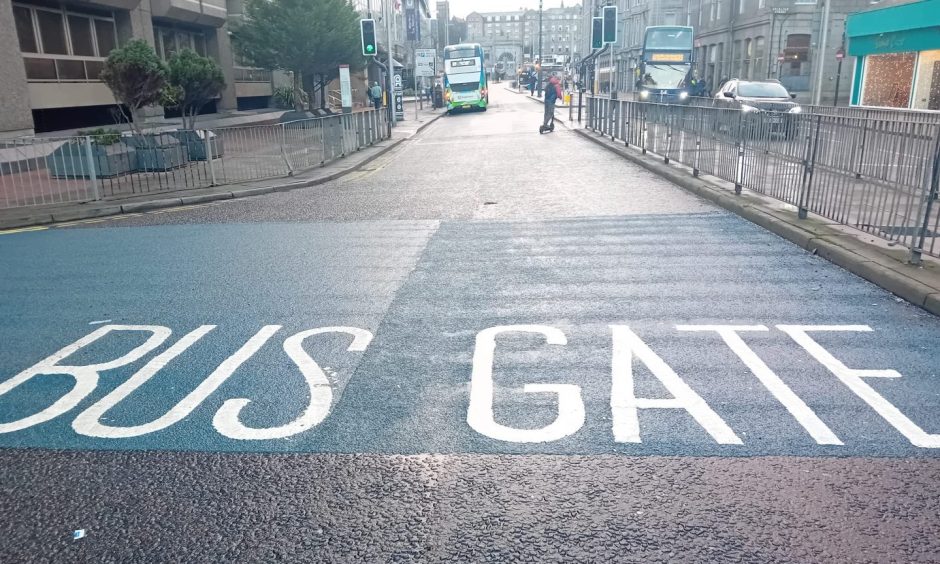
Conversation